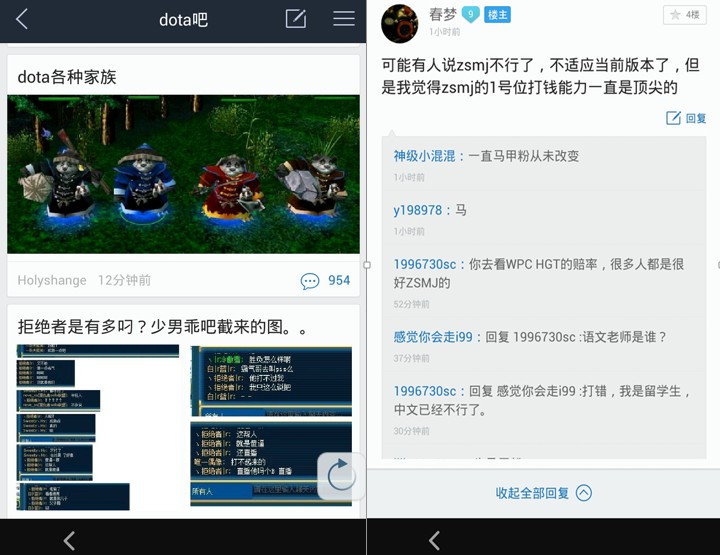In this post, we will examine existing virtual world that exist, in order to better understand the how they are designed and used, and the features they commonly have.
![Figure 6: Avatar customization in Second Life [4]](http://blog.soton.ac.uk/orion/files/2014/04/64.png)
| NAME | AUDIENCE | TAGS |
|---|---|---|
| Gaia Online | general; Anime and games. Popular in USA, Canada and Europe. Moderately popular around Asia; Open to gamers 13 and older | virtual world, friends, profile, avatar |
| Koinup | specific games: sims, wow, etc | pictures, text, virtual world, groups, profile |
| Nintendo Mii Plaza | specific plaform: wii | text, pictures, videos, friends, private messaging, virtual world, avatar |
| Onverse | general | virtual world, profile, friends, avatar |
| Second life | specific games: second life | store, app, text, virtual world, private messaging, groups, profile, avatar |
| WeeWorld | general | virtual world, avatar |
| World of Warcraft | specific games: wow | gamified, store, app, text, in-game content, stats, friends, groups, profile, private messaging, virtual world, avatar |
| Habbo Hotel | general | text, friends, groups, virtual world, avatar |
| Baidu Paste Bar | general | app, text, pictures, videos, profile, private messaging, groups, virtual world |
| Thumdar | general | text, profile, avatar, private messaging, groups, virtual world |
Below, this data is illustrated on a interactive chord diagram. It demonstrates that, among the above virtual worlds, the sharing of text is common, but the sharing of pictures and video is note normally available. Further to this, they often allow people to represent themselves using avatars, providing them with a unique visual identity within the virtual world.
Groups and friends are also common features within virtual worlds, and most provide a private messaging facility, allowing private communication between individuals. Most appeared to be web-based and graphical.
Detailed Analysis
In order to understand the user-perspective of these social networks, we created accounts and observed the experience within three virtual worlds.
Habbo Hotel
Habbo Hotel is a virtual world which focuses on a Hotel, in which users may create rooms and invite others. These rooms can be used to meet friends, chat with other, host parties, participate in quests and games and care for pets. Each player has their own unique avatar, which may be customised. Habbo Hotel features game-like features – as a player takes part in activities, they will earn badges, acting as an incentive for players to continue playing.

Habbo Hotel is primarily aimed at a younger audience over 13 years of age. Within Habbo Hotel, staff members are present who moderate content, preventing bullying or abusive content. As well as this, users may report content or users to staff members. Despite these staffed moderation, investigations by big media companies (including Channel 4) have revealed that adult content is prevalent within the virtual world.

Baidu Paste Bar
According to Wikipedia, Baidu Paste bar is the largest communication platform within China. It is operated by the Baidu search engine. It operates by encouraging users to form groups based on topics. Users may then communication based on interests. Baidu Paste Bar is available as both a website and a mobile app.

It may be used to use more sensitive details with close friends, so Baidu Paste Bar provides privacy options to restrict what the public can and cannot view.

Onverse
Onverse is a 3D virtual environment, in which players navigate a terrain with a variety of scenery and rooms. Like Habbo Hotel, users can build rooms and customise avatars in order to communicate with others. Quests and rewards exist and incentives to continue using Onverse. As a 3D virtual world, it is clear that large amounts of resources have been required in order to produce Onverse.









Please comment with your real name using good manners.